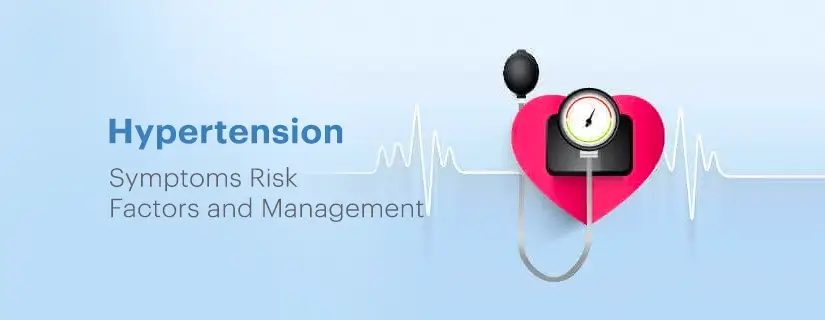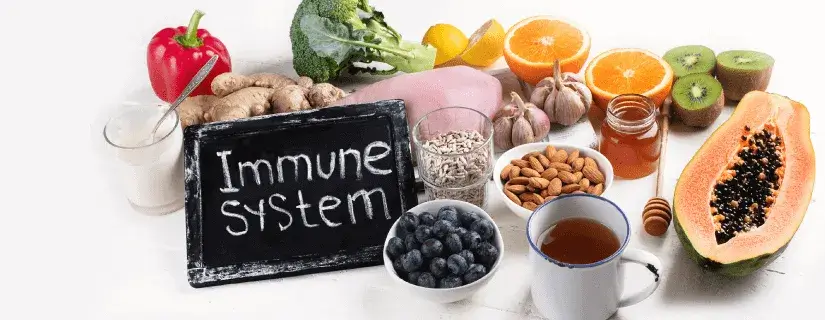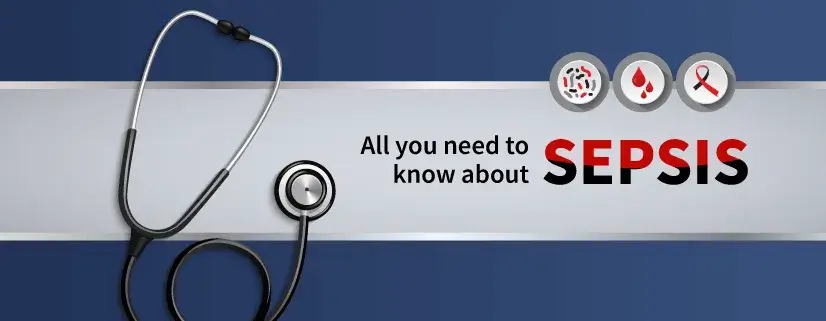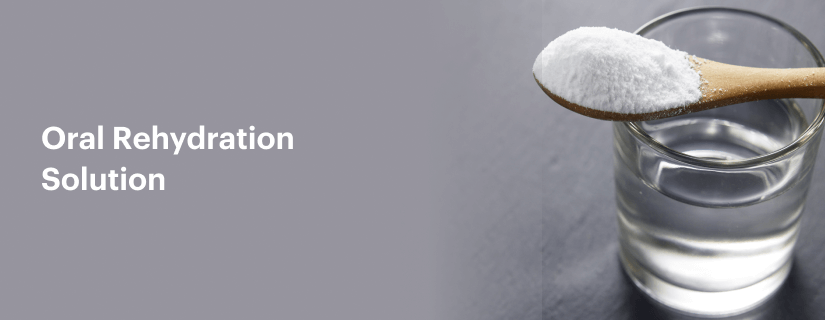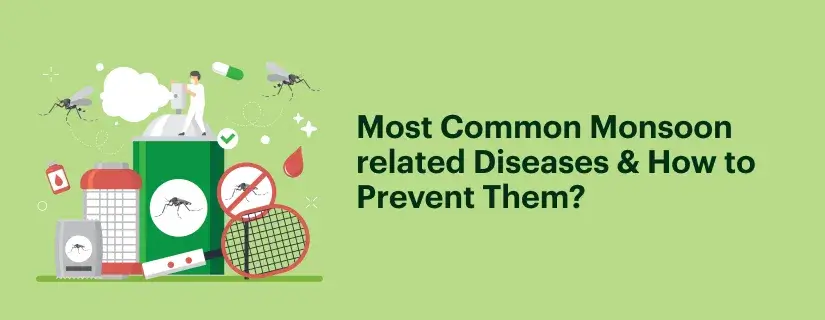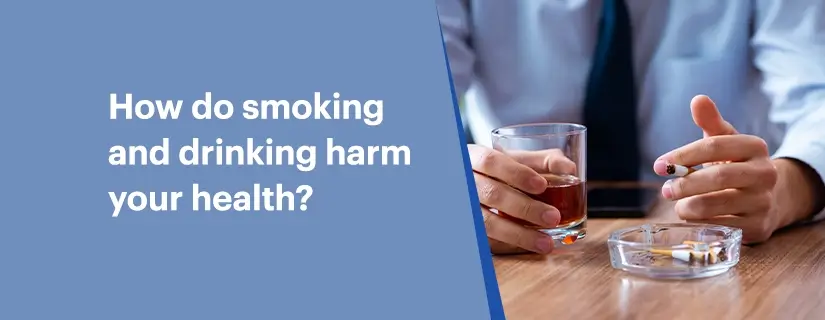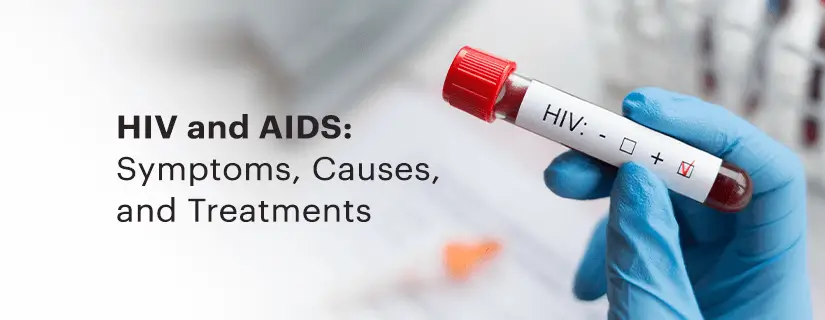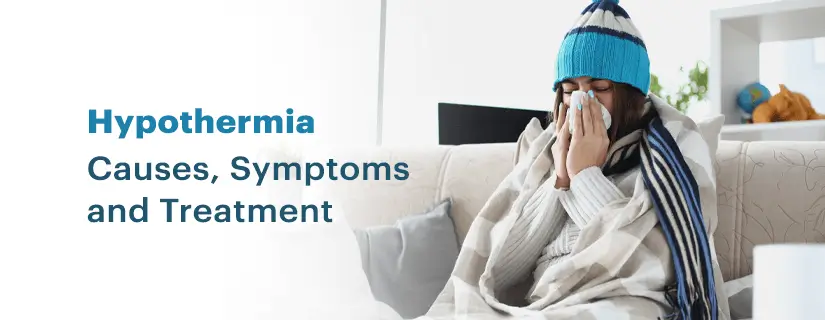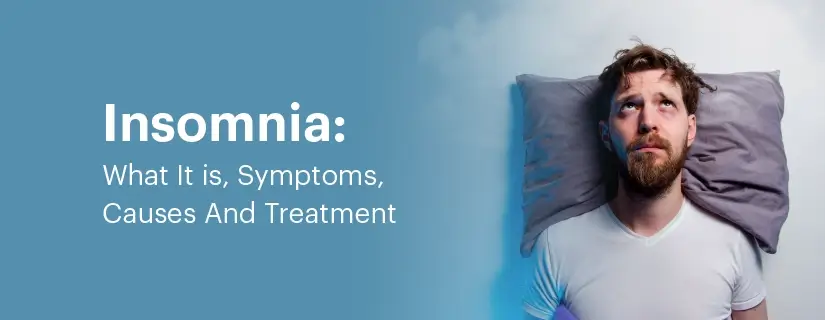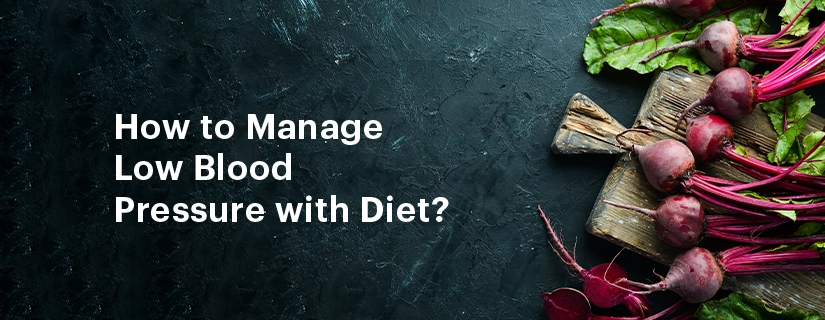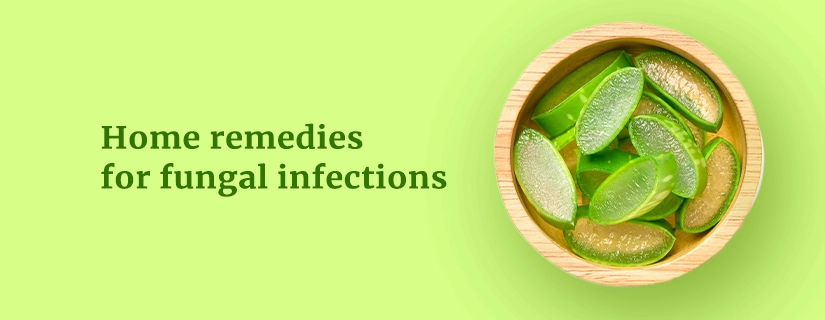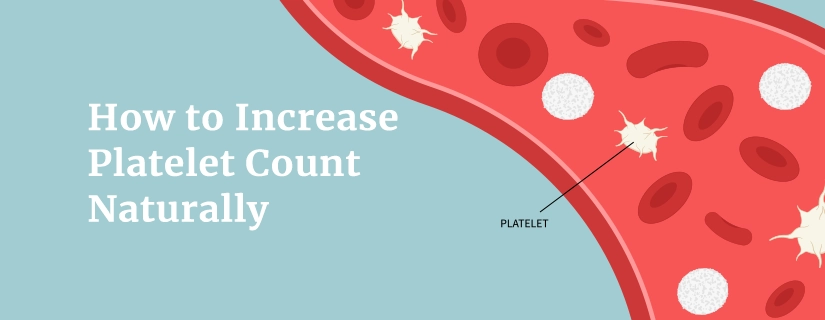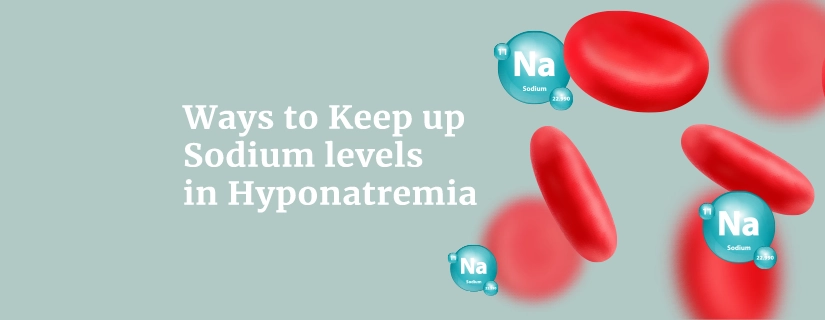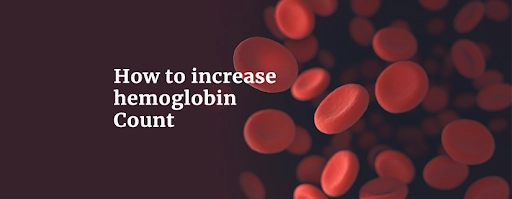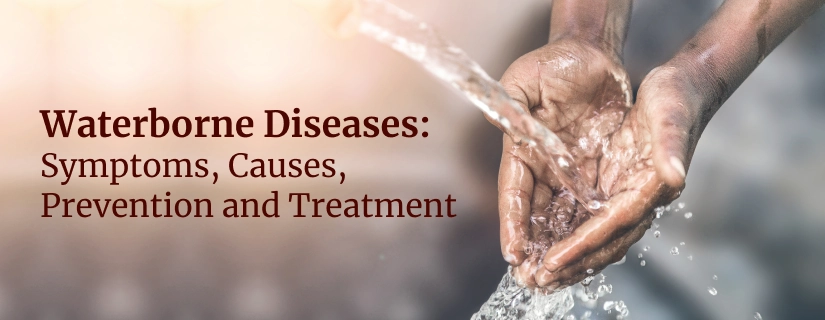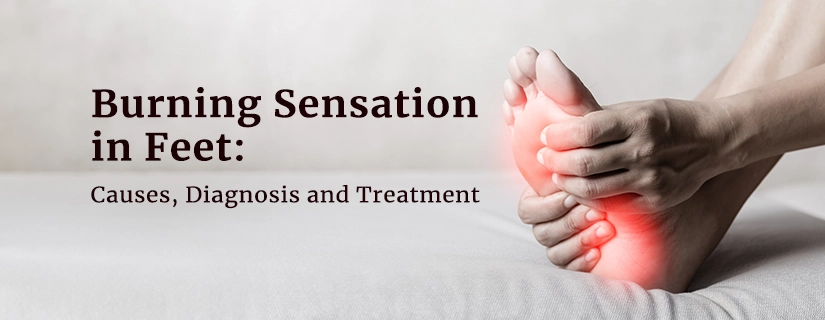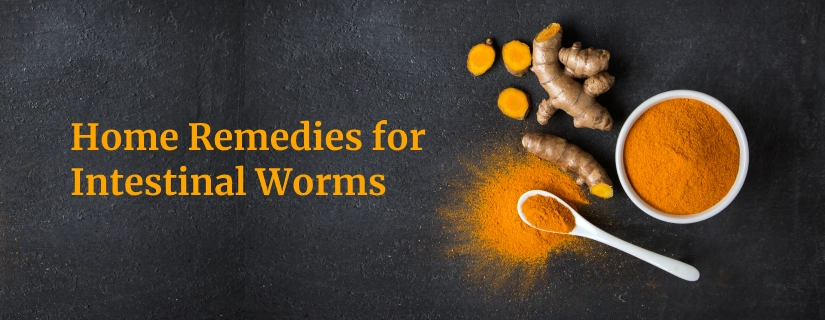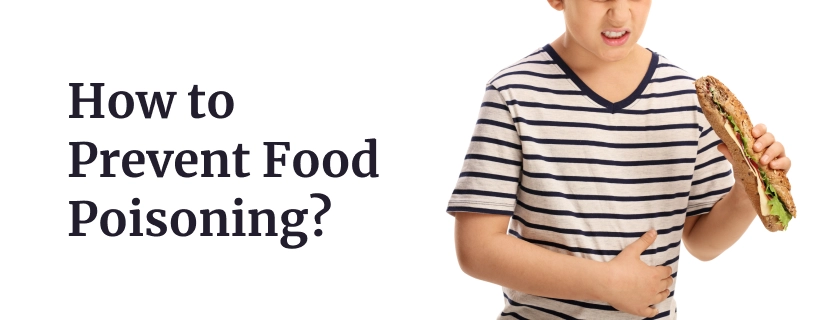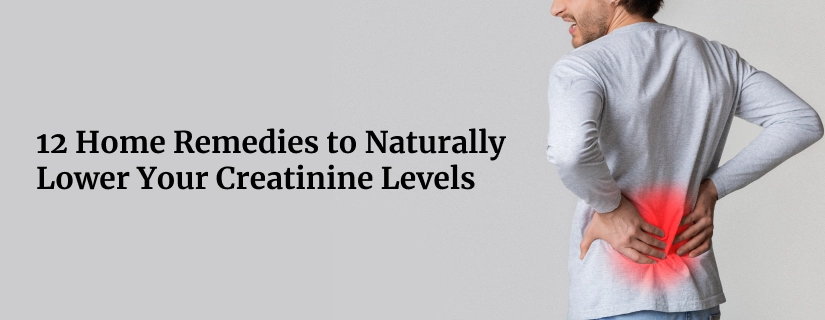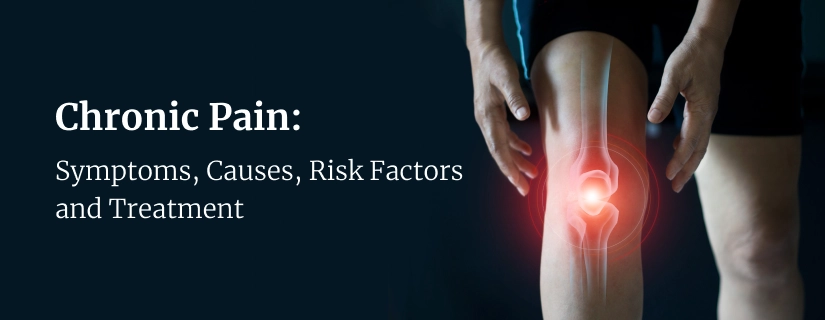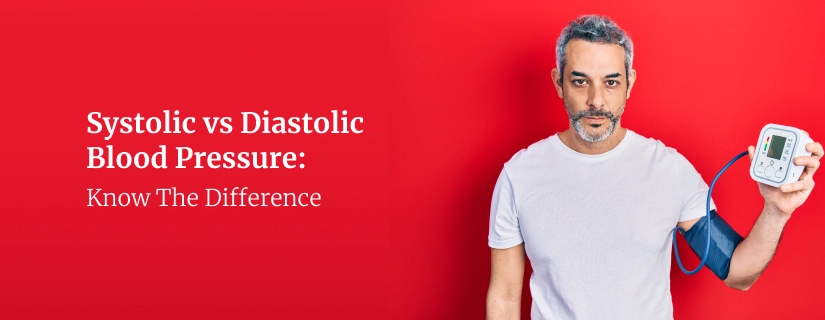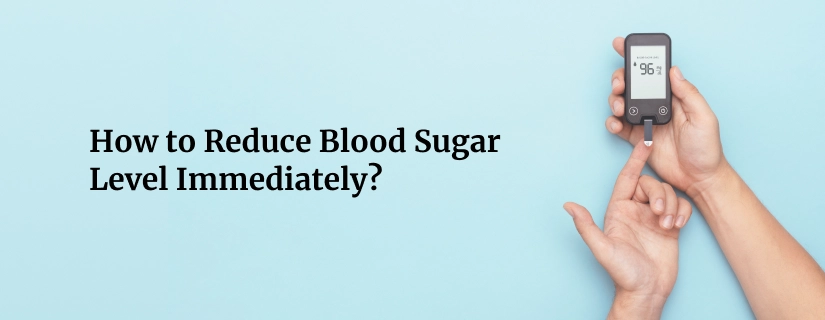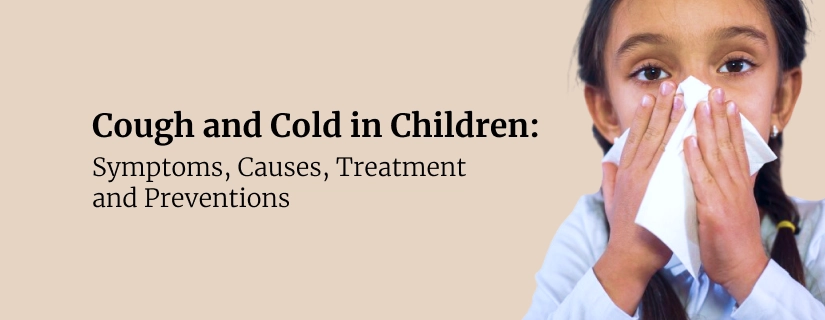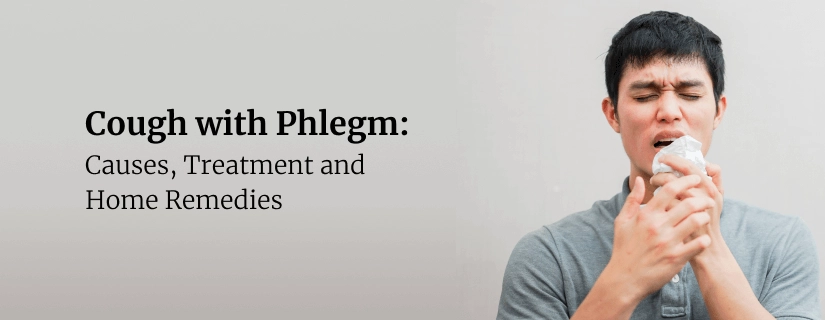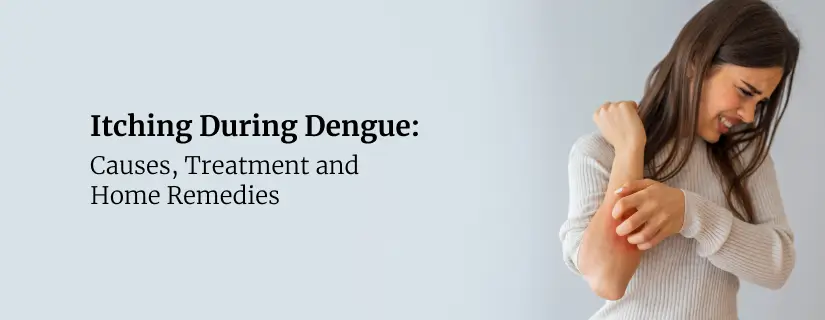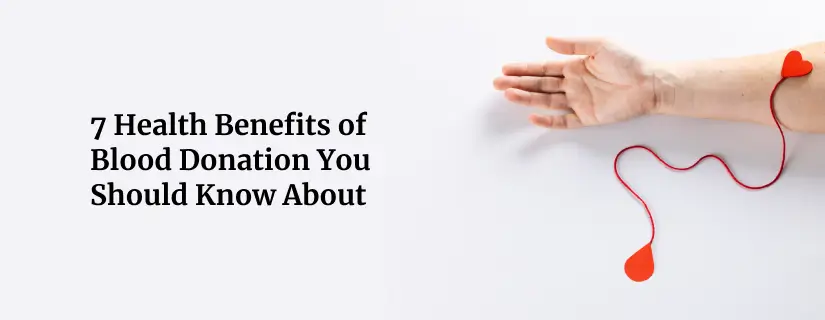-
Doctors
-
Specialities & Treatments
Centre of Excellence
Specialties
Treatments and Procedures
Hospitals & Directions HyderabadCARE Hospitals, Banjara Hills CARE Outpatient Centre, Banjara Hills CARE Hospitals, HITEC City CARE Hospitals, Nampally Gurunanak CARE Hospitals, Musheerabad CARE Hospitals Outpatient Centre, HITEC City CARE Hospitals, Malakpet
HyderabadCARE Hospitals, Banjara Hills CARE Outpatient Centre, Banjara Hills CARE Hospitals, HITEC City CARE Hospitals, Nampally Gurunanak CARE Hospitals, Musheerabad CARE Hospitals Outpatient Centre, HITEC City CARE Hospitals, Malakpet Raipur
Raipur
 Bhubaneswar
Bhubaneswar Visakhapatnam
Visakhapatnam
 Nagpur
Nagpur
 Indore
Indore
 Chh. Sambhajinagar
Chh. SambhajinagarClinics & Medical Centers
Book an AppointmentContact Us
Online Lab Reports
Book an Appointment
Consult Super-Specialist Doctors at CARE Hospitals
5 Easy Exercises to Stay Fit During the Pandemic
Updated on 4 January 2021
In times like Covid-19, the importance of boosting immunity can be hardly overemphasised. According to research, our immune system functions better when we eat well, sleep well, and exercise. What's more, exercise can help ease depression, stress, and anxiety, something many of us are struggling with during these uncertain times. Exercise also aids in the management of chronic conditions and co-morbidities such as high blood pressure and diabetes which can make a person even more vulnerable if infected.
Because of the lockdowns and self-quarantine, many of our daily routines are restricted. So it can be difficult to find the motivation to exercise. With the challenges of working from home and limited access to fitness during COVID-19, you may be finding it hard to stick to a workout routine. Nevertheless, maintaining an exercise routine at home is more of a necessity than an impulsive desire now more than ever. Staying fit and healthy can be achieved in a variety of ways, like eating healthy meals along with plenty of fruits and vegetables. However, you have to plan a balanced diet. Consult dietician in Bhubaneswar to get a gist of what you may consume to stay healthy. In case you face any digestive disorders at home during the lockdown, you may consult a gastroenterologist in Bhubaneswar.
Some simple and effective exercise to stay fit at home during the pandemic
Here are some simple and effective exercises during the pandemic:
- Push-ups - If there is one very basic move with lots of benefits, it is push-ups. They’re a very effective way to strengthen not just your arms and chest but core muscles in the back and stomach. The ability to do push-ups is directly linked to the body's ability to prevent diseases. While you're at it, you must also try pull-ups. Use a rod in the house to do pull-ups and see your core and arms strengthen over time.
- Neck rotations - By sitting all day, on our work desk, the couch or the bed, we neglect the right posture. This affects the healthy functioning of various parts of our body. The worst hit regions are our neck, shoulder and back. It is important to move these muscles to avoid soreness, stiffness and pain. Therefore do neck rotations every day at a fixed time. Rotate your neck ten times in a clockwise direction, and repeat the same in anti-clockwise direction. Bend your neck sideways, towards the front and back gently for 30 seconds.
- Squats - This is one of the most effective lower body exercises. Squats can be performed anywhere and require no equipment. To do a basic squat, start with your feet slightly wider apart. Keep your chest up, engage your abdominal muscles and lower your hips until the thighs are parallel to the floor. Pause and then exhale while pushing back up to the starting position.
- Wall-sit - This exercise is great for strengthening your legs and core. You can do it using any vacant section of wall in the house as equipment. Sit with the support of the wall, imagining a chair below you, and hold this position for 45 seconds to 1 minute. Wall-sit can help resolve minor digestion issues. In case of serious digestive ailments, one should consult the best gastroenterologist in Bhubaneswar and other cities.
- Lunges - Lunges have long been a staple workout due to their numerous health benefits. It increases leg strength and flexibility, burns fat and tones the gluteal muscles in the buttocks. Done properly, this exercise improves balance and coordination, increases hip flexor flexibility, and leads to better core stability. To do this, start by standing up tall. Then step forward with one foot and bend it until your leg reaches a 90-degree angle. Return your front lunging leg to the starting position. Repeat 10 times on one leg each.

ENQUIRY FORM
SELECT CATEGORIES
-
Neurosciences (16)
-
Neurology (37)
-
Neurosurgery (14)
-
Orthopaedics (48)
-
Oncology (33)
-
Obstetrics and gynecology (52)
-
Pulmonology (23)
-
Urology (20)
-
Nephrology (13)
-
Psychiatry (7)
-
Dietetics and Nutrition (111)
-
General Medicine (63)
-
Cardiac Sciences (32)
-
Vascular & Endovascular Surgery and Interventional Radiology (15)
-
Gastroenterology (46)
-
Endocrinology (23)
-
Plastic Surgery (10)
-
Critical Care Medicine (5)
-
COVID-19 (16)
-
Dermatology (16)
-
Emergency Care (1)
-
Ophthalmology (4)
-
Pediatrics (14)
-
Laparoscopic and Bariatric Surgery (8)
-
ENT (15)
-
Kidney Transplant (1)
-
Liver Transplantation and Hepatobiliary Surgery (5)
-
General Surgery (3)
-
Internal Medicine (5)
-
Medicine Information
3 Common Medical Emergencies And How To Deal With Them
The importance of Vitamin D in winter and how we can prevent deficiency
YOU MAY ALSO LIKE
RECENT BLOGS
-

Preterm Birth (Premature Birth): Symptoms, Causes, Treatment and Prevention
13 May 2025
Read More
-

Rotablation Angioplasty: Benefits, Treatments, And Recovery Time
9 May 2025
Read More
-

What Is The Difference Between IUI and IVF?
9 May 2025
Read More
-

Venous Malformations: Causes, Symptoms, and Treatment
30 April 2025
Read More
-
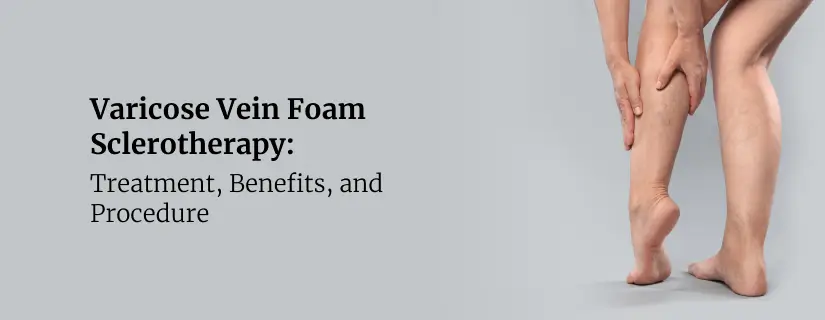
Varicose Vein Foam Sclerotherapy: Treatment, Benefits, and Procedure
30 April 2025
Read More
-
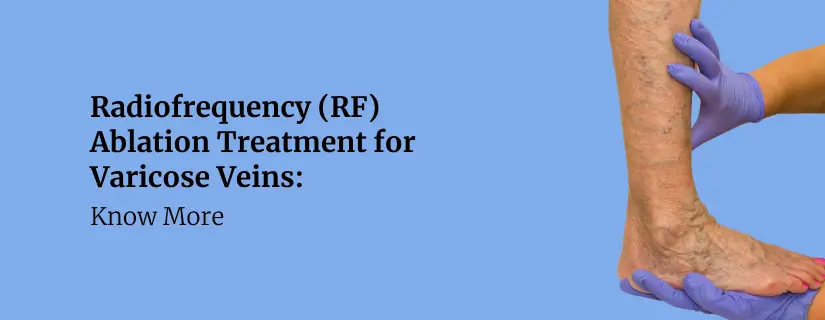
Radiofrequency (RF) Ablation Treatment for Varicose Veins: Know More
30 April 2025
Read More
-

Varicose Vein Sclerotherapy: Treatment, Benefits, and Procedure
30 April 2025
Read More
-
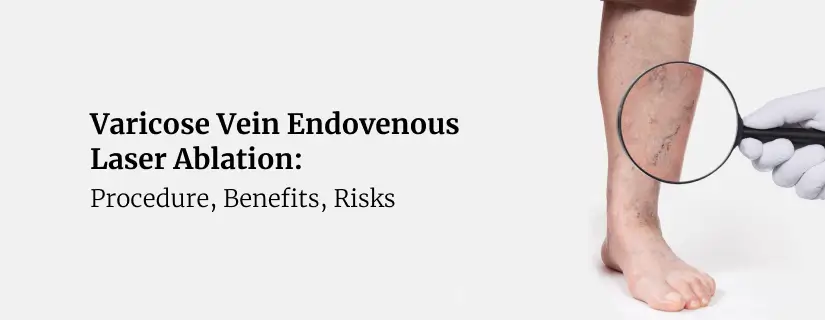
Varicose Vein Endovenous Laser Ablation: Procedure, Benefits, Risks
30 April 2025
Read More
Have a Question?
If you cannot find answers to your queries, please fill out the enquiry form or call the number below. We will contact you shortly.








